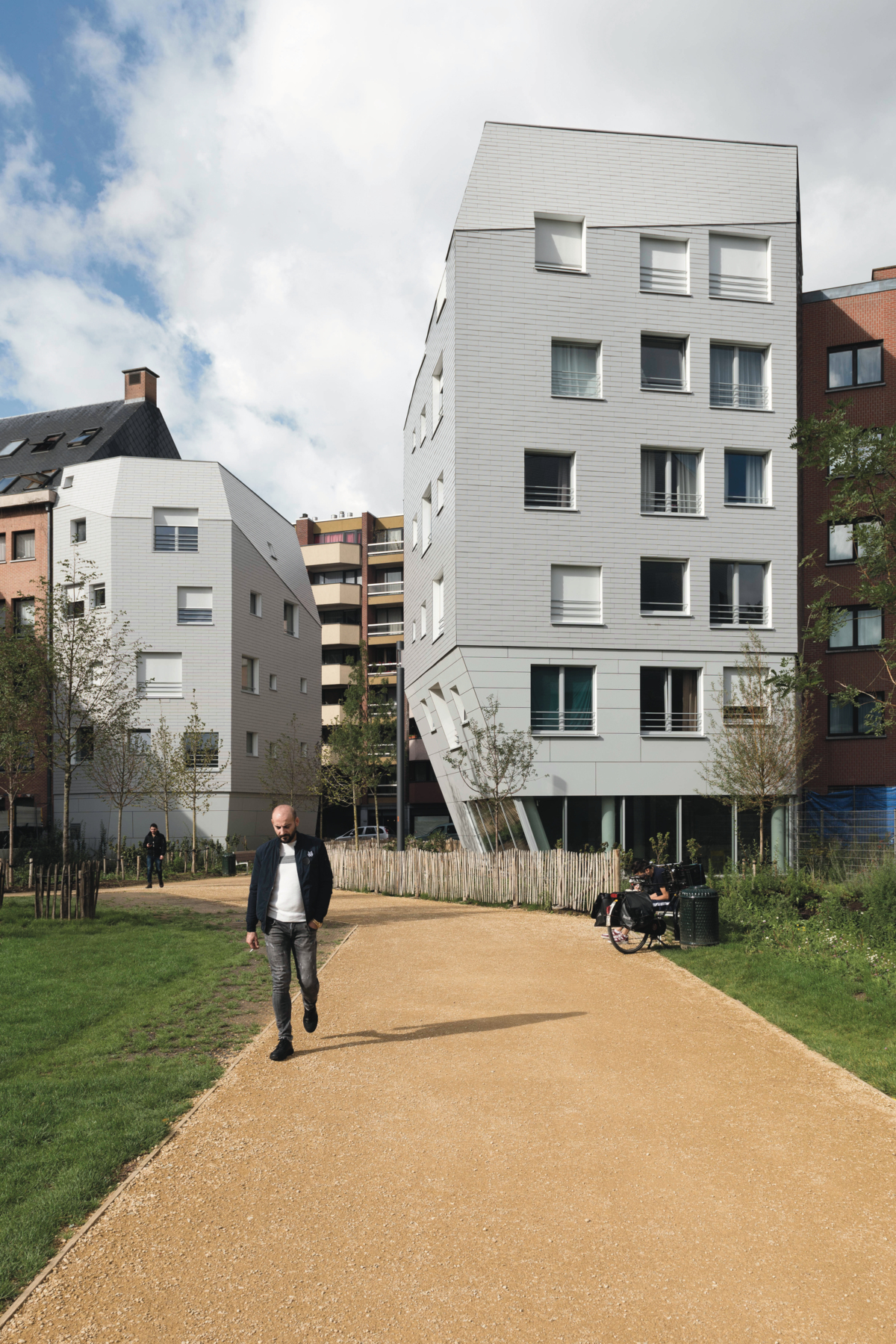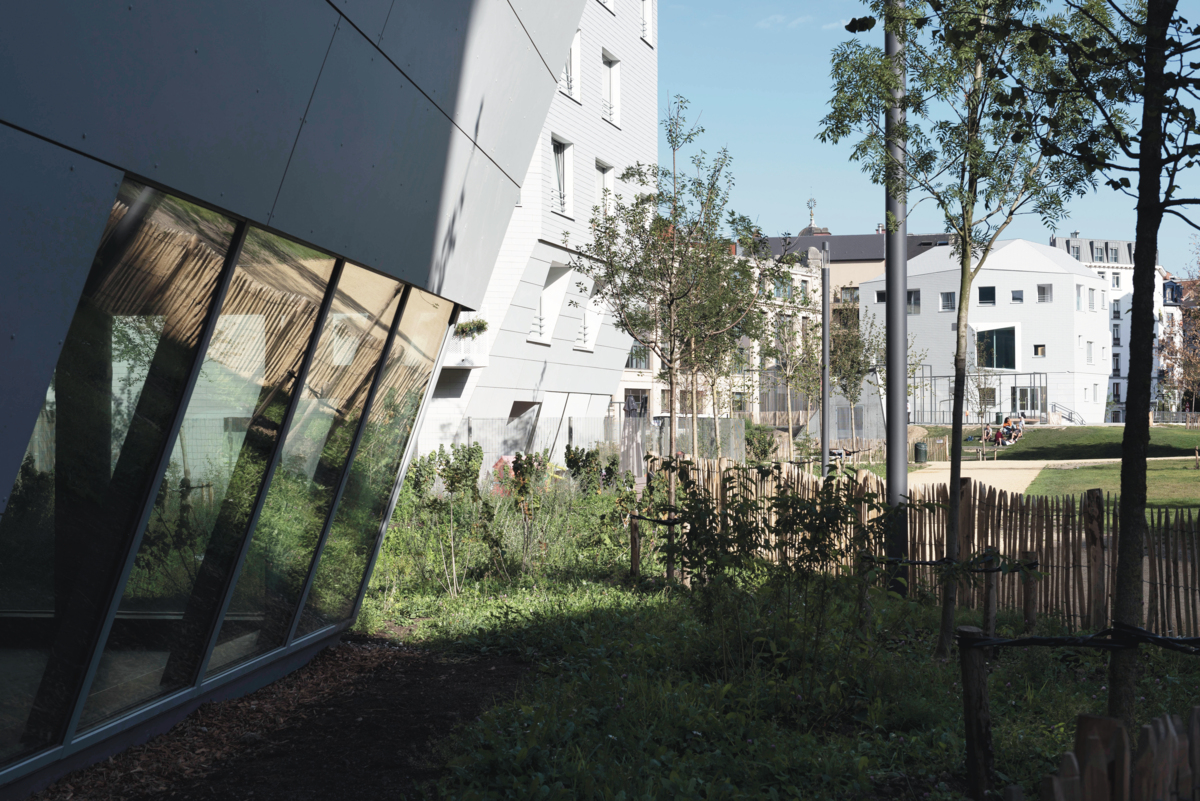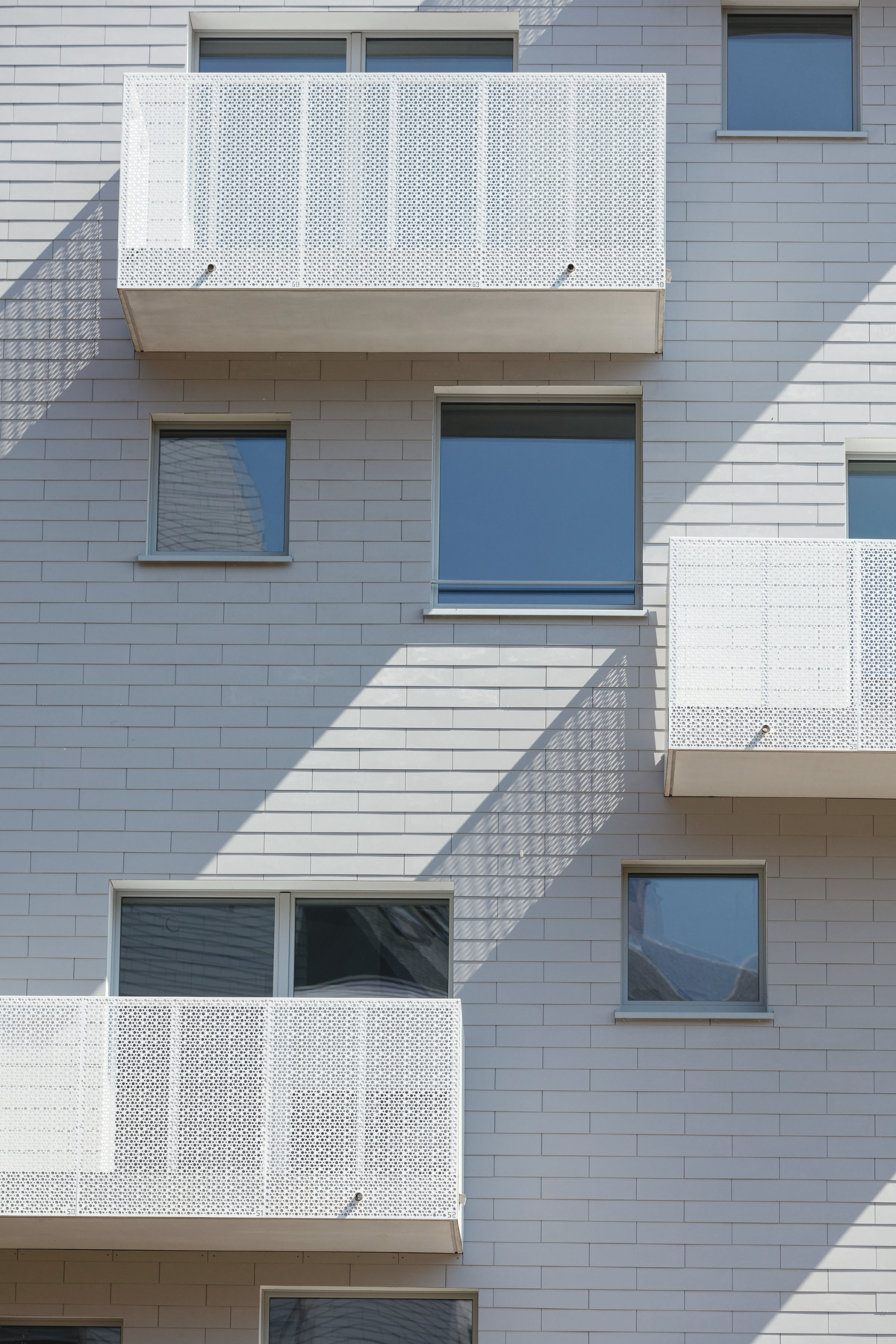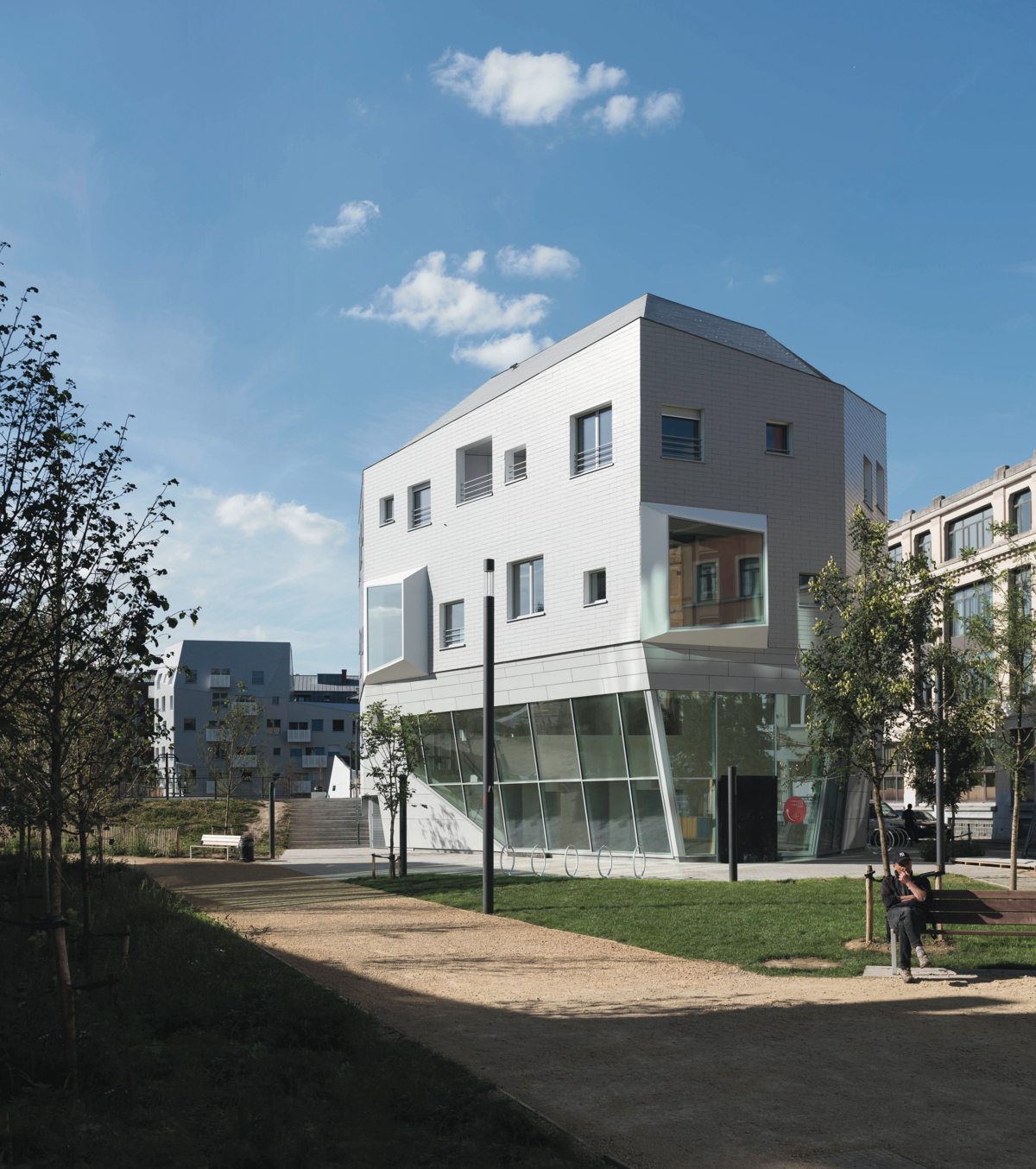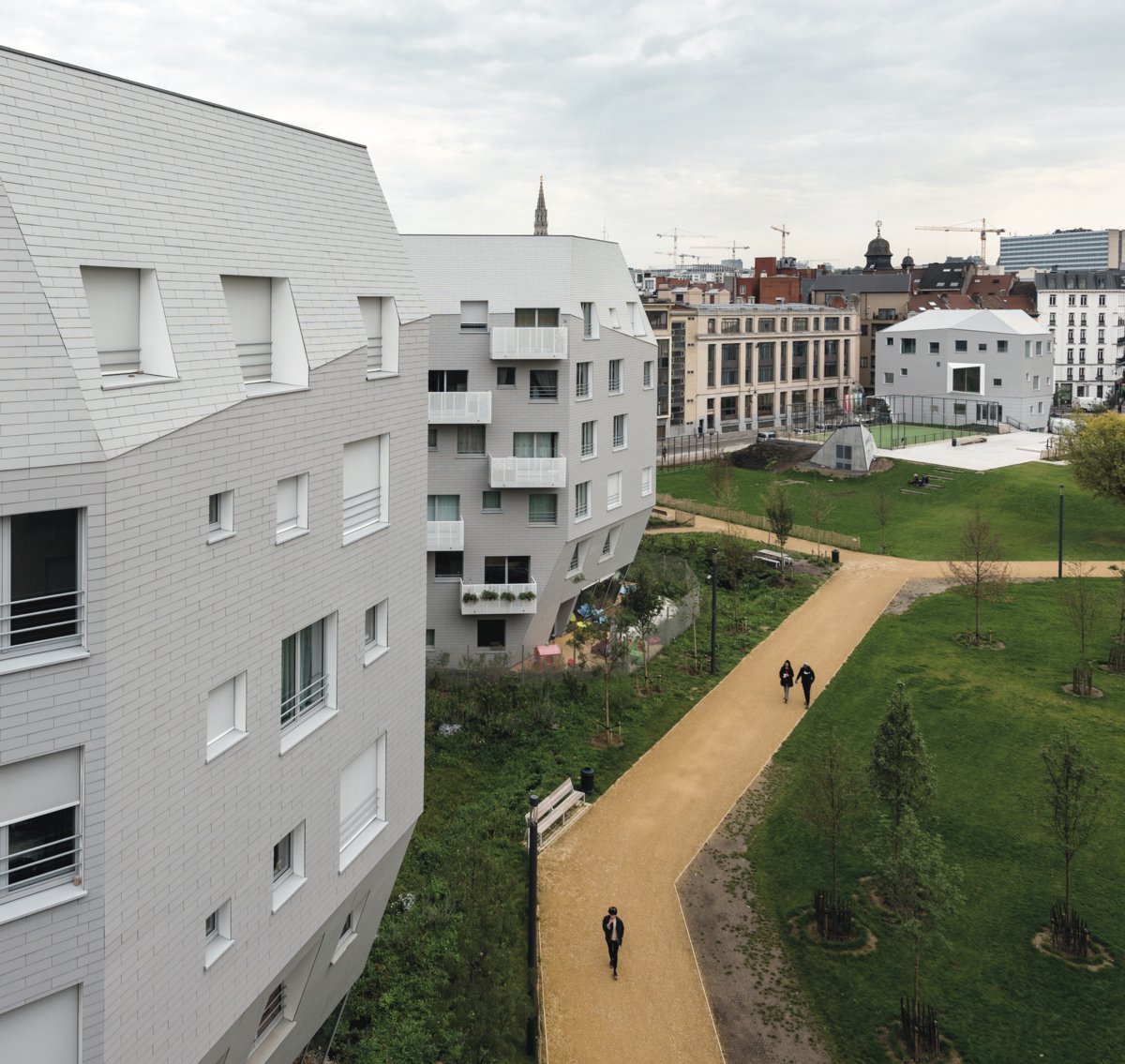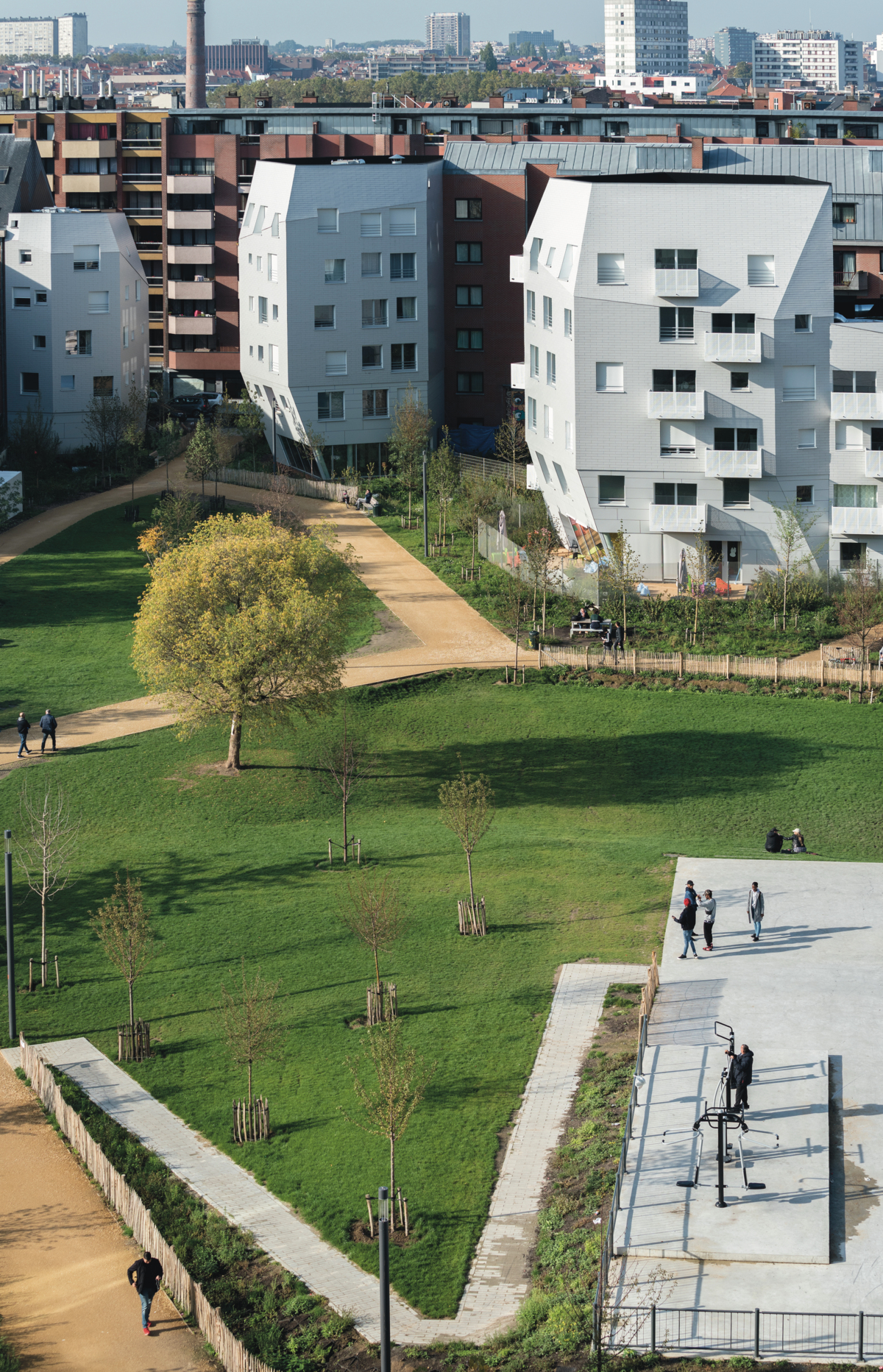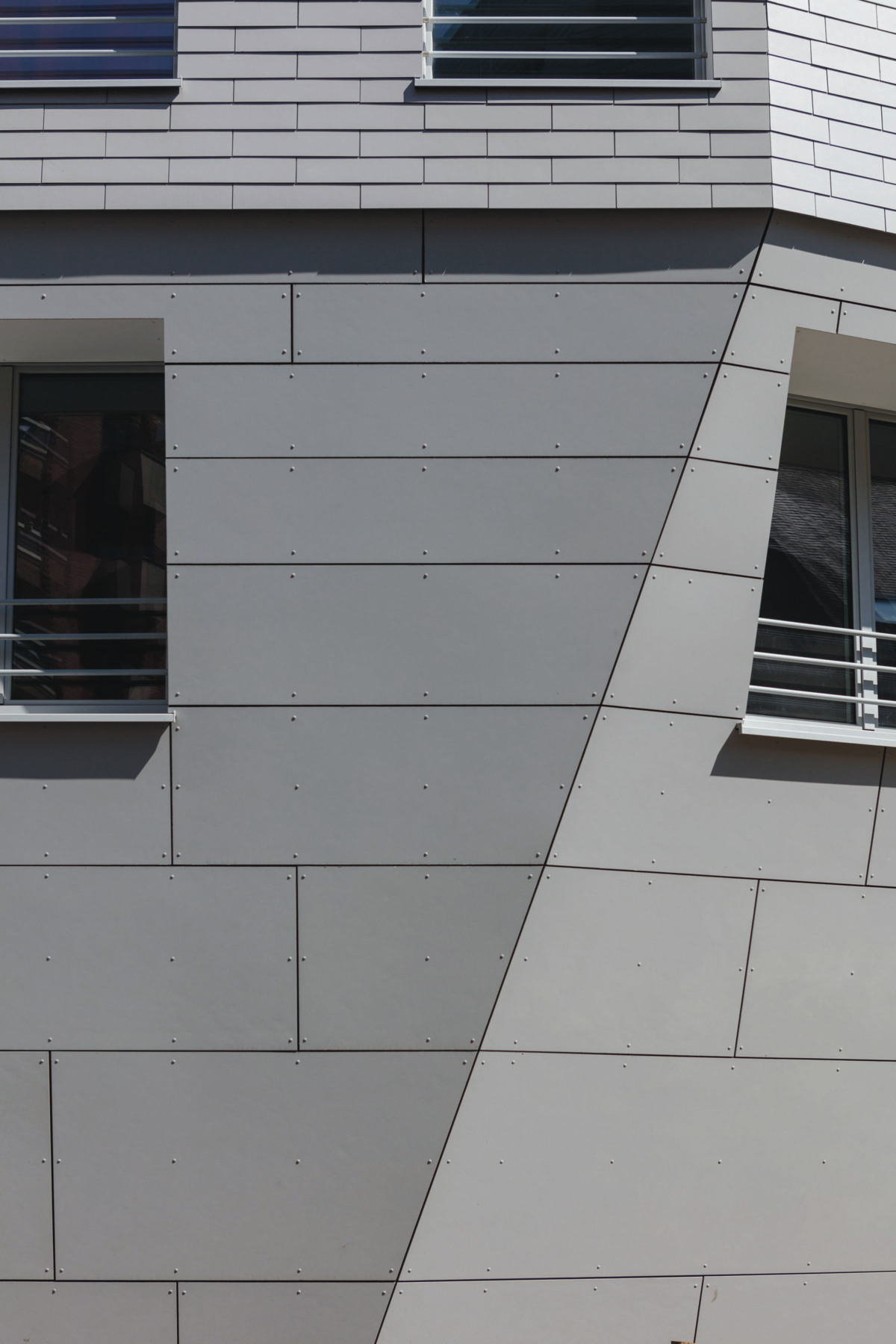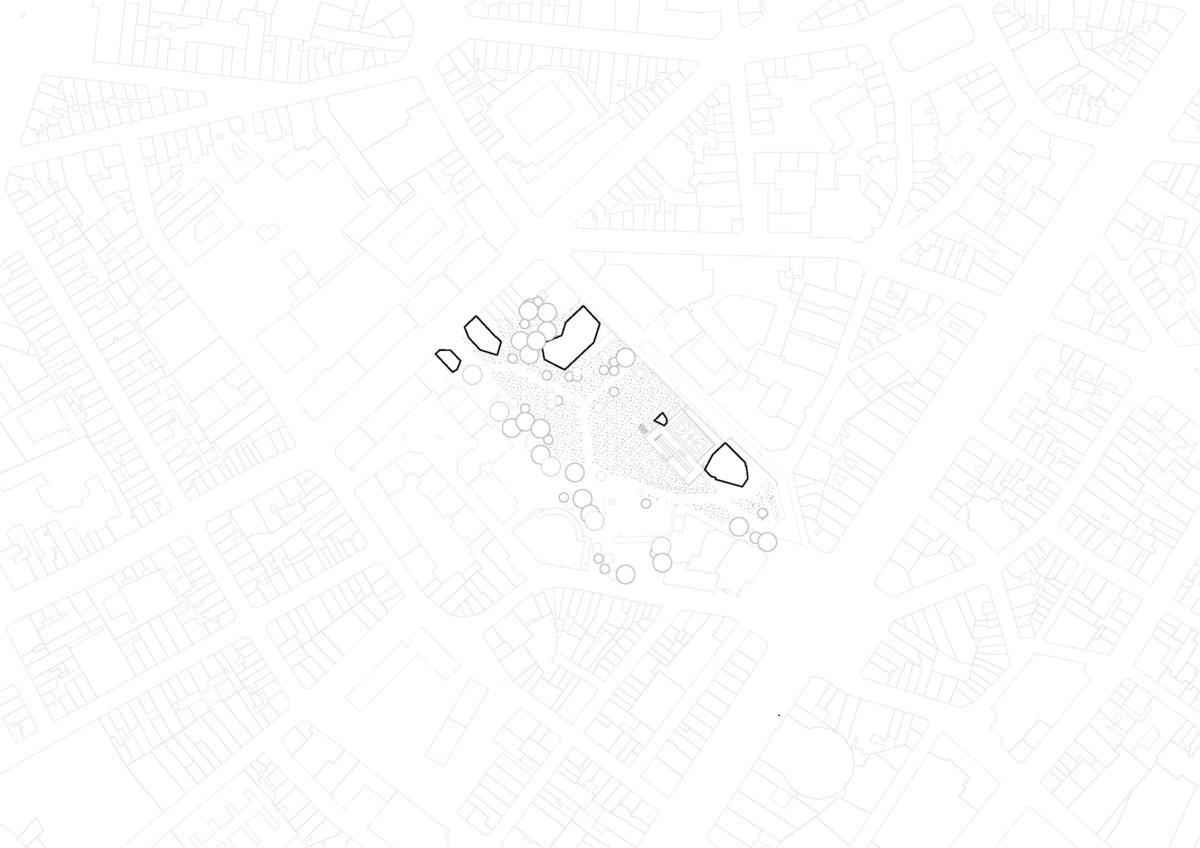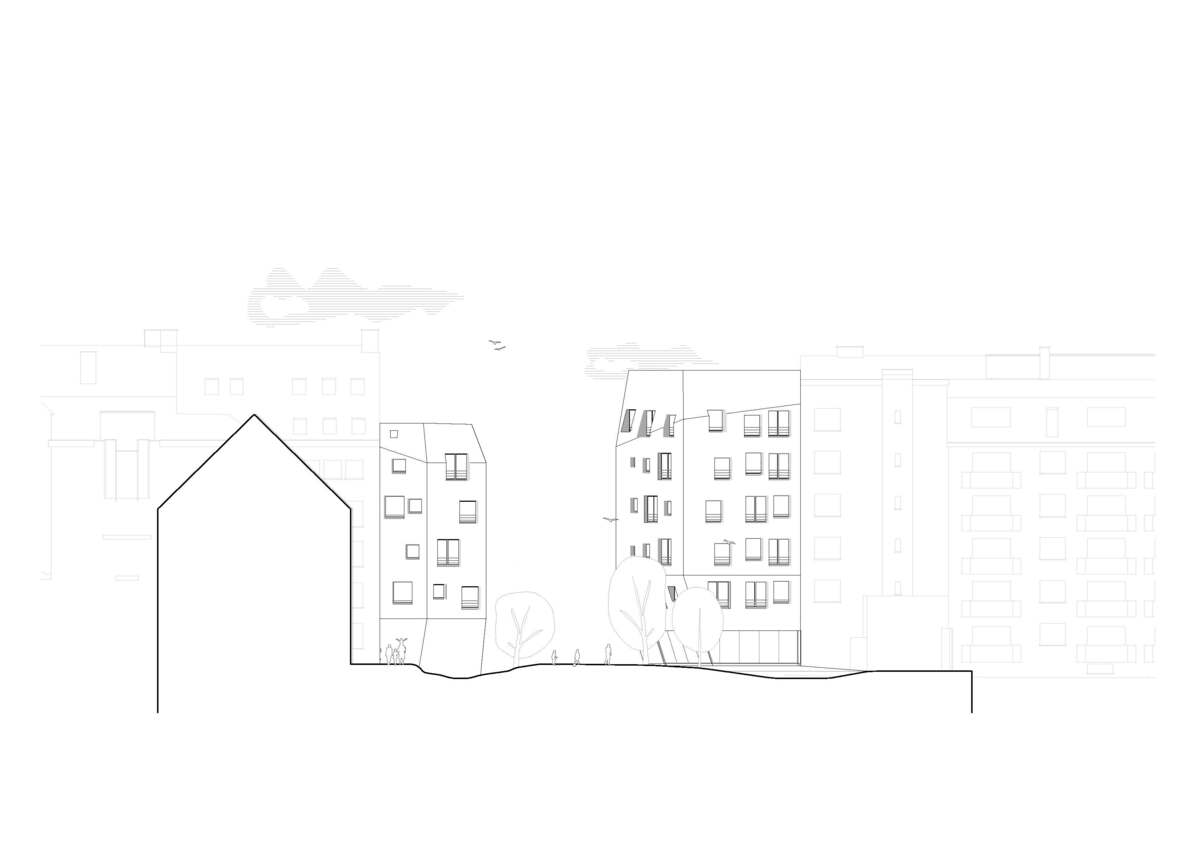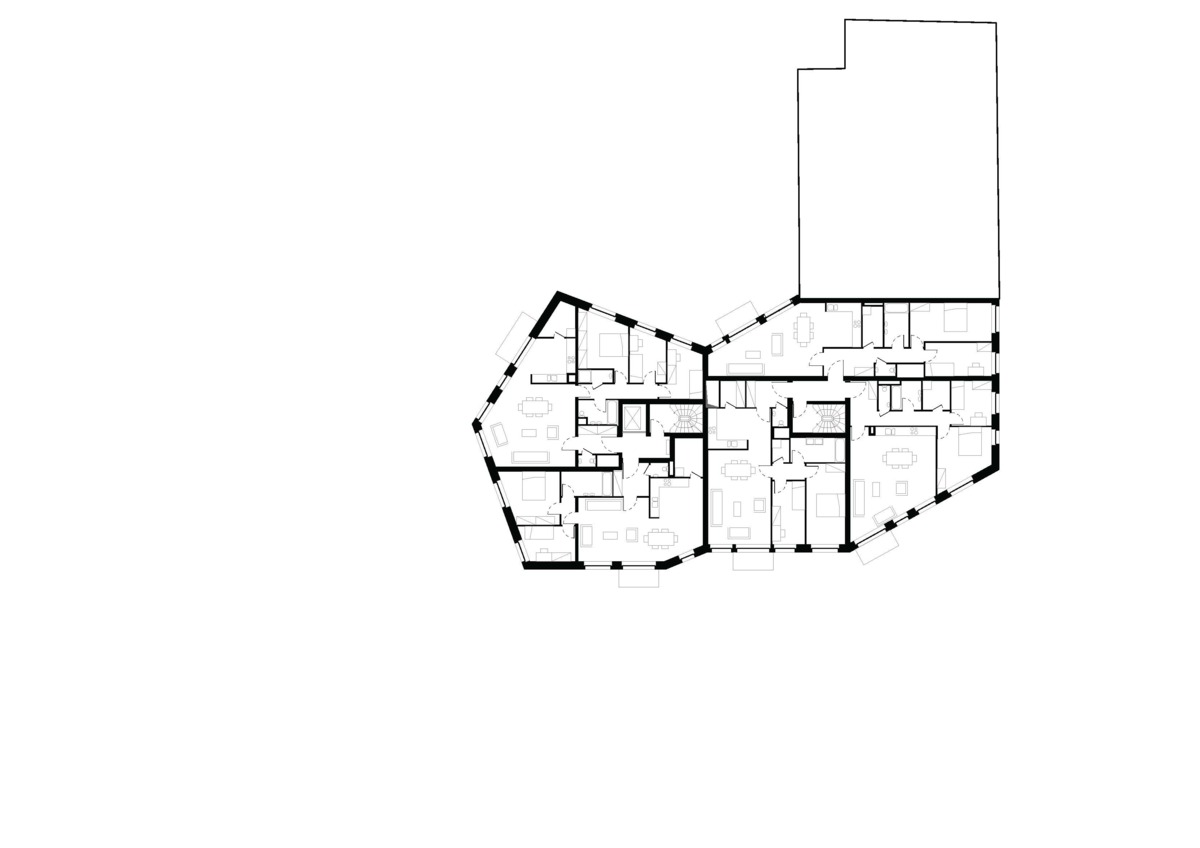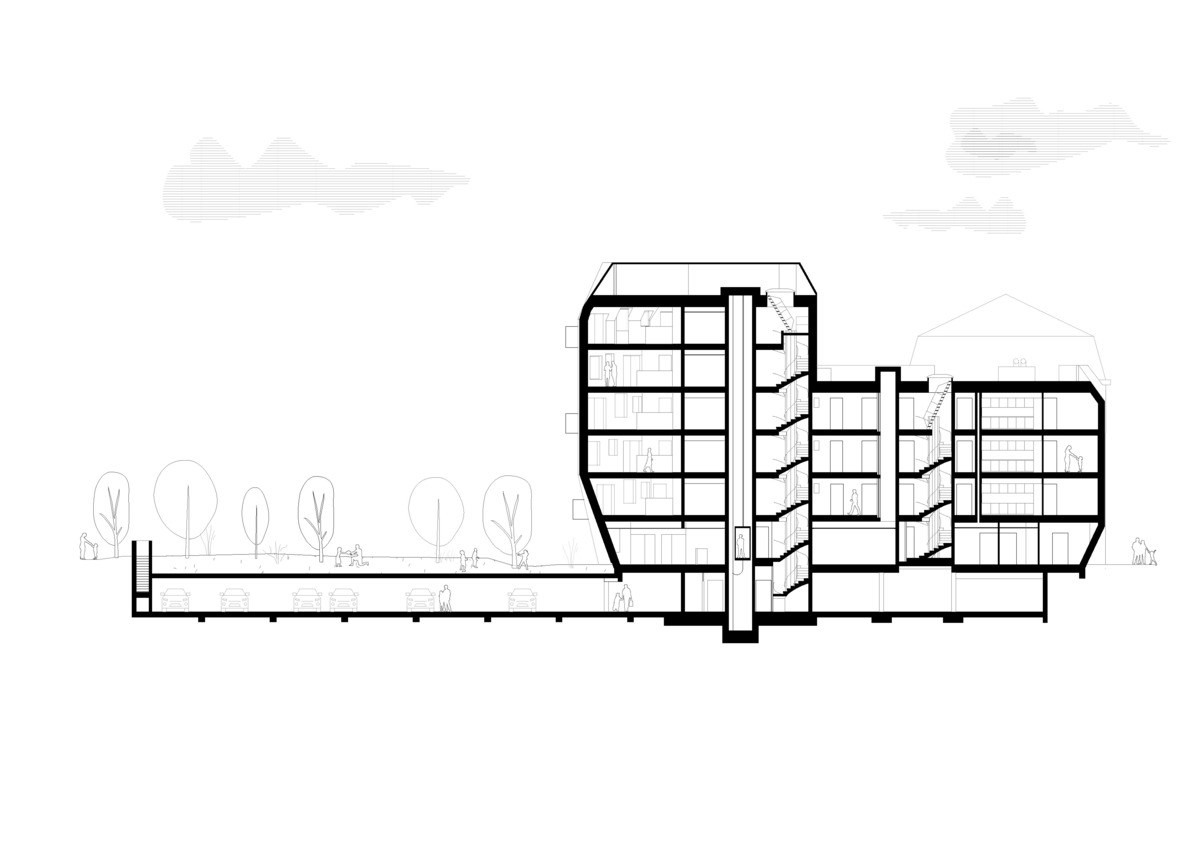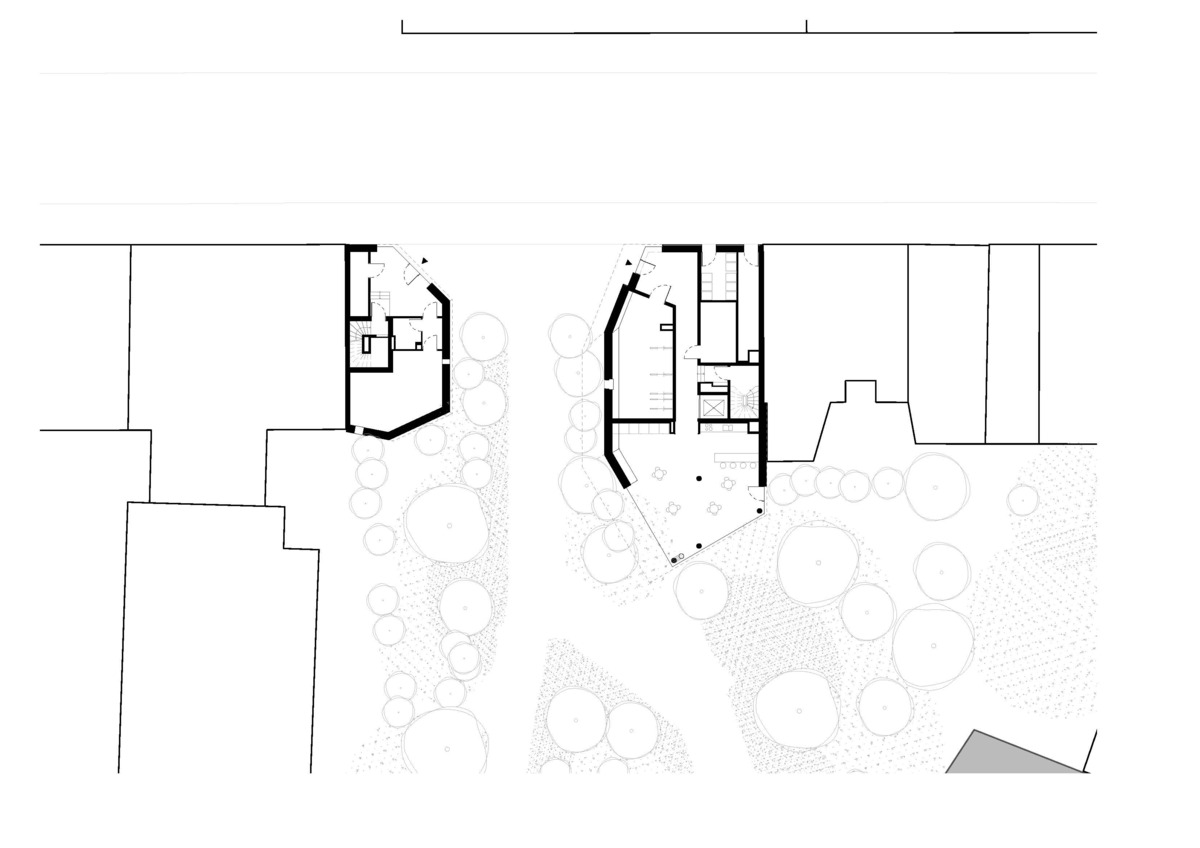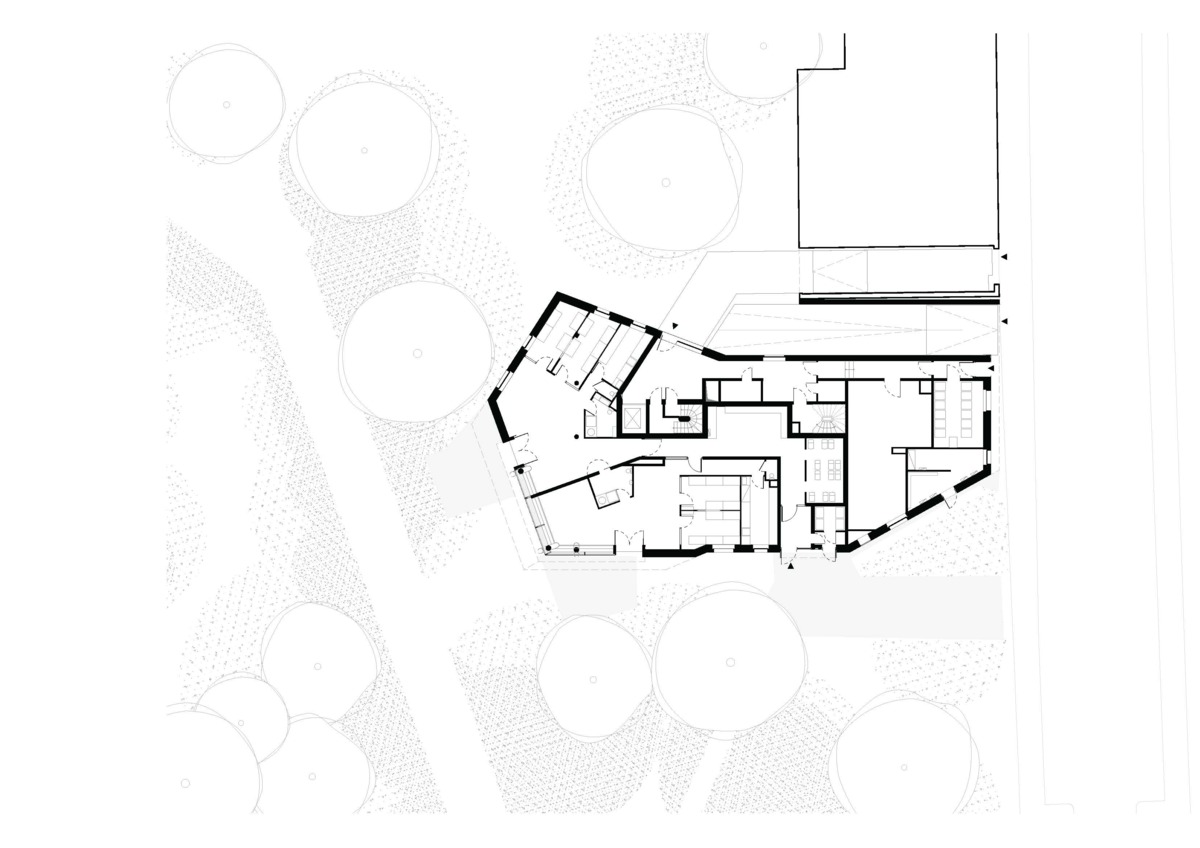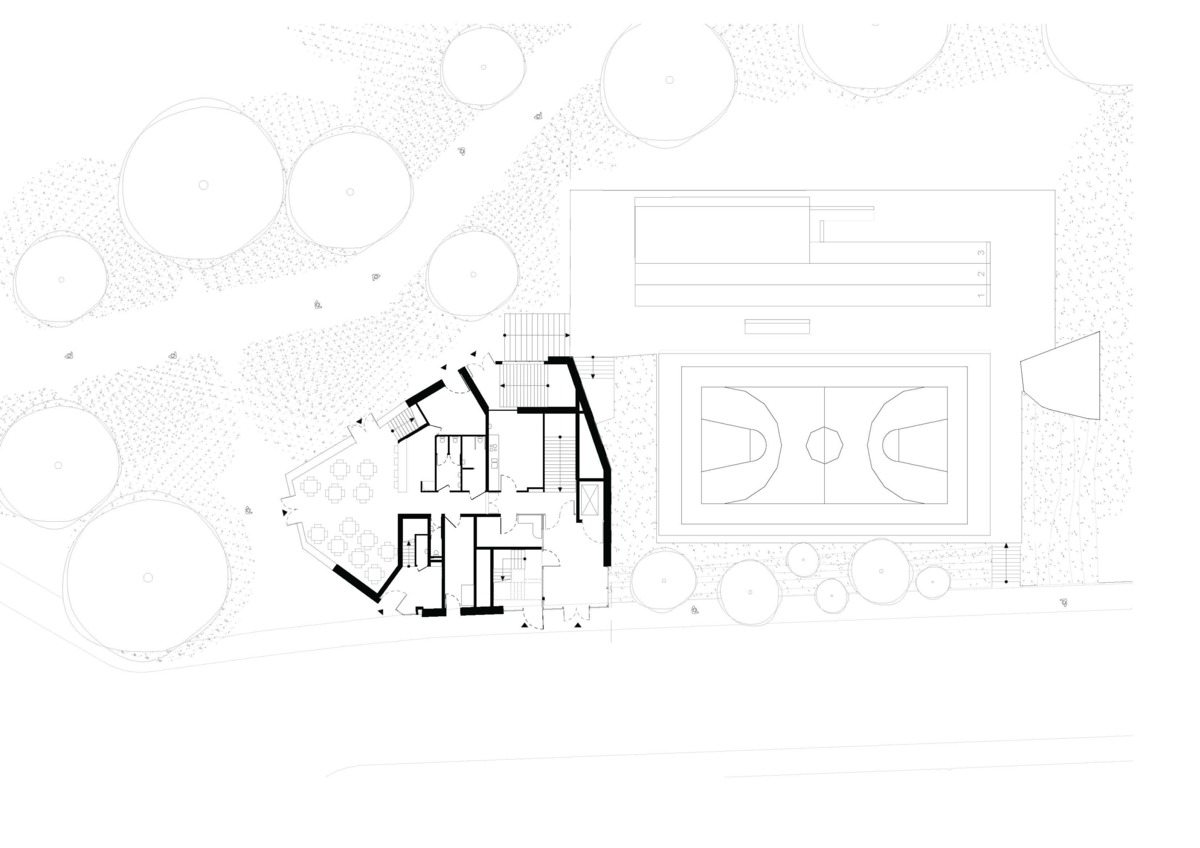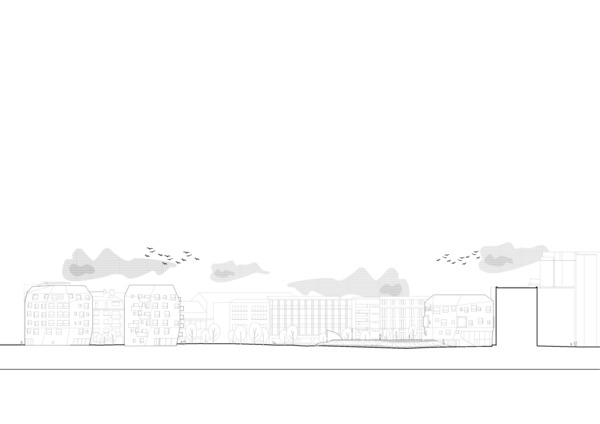REDEVELOPMENT OF THE ÎLOT FONTAINAS IN BRUSSELS
Project details
- City
- Brussels
- Project Type
- New Construction
- Building Type
- Apartment
- Application Type
- Facade
- Architect
- B612 architectes
- Photographer
- Marie-Françoise Plissart; Marcel Van Coile
Project description
One of the main tasks for architects and urban planners is repairing the city, in the sense of improving the quality of the spaces and conditions in which people live. Work on upgrading the Ilot Fontainas, an insular, little-used green space on a former industrial complex not far from the Grand Place and the historic centre of Brussels began in 2013 and this project could provide a model for similar restructurings.
On the basis of a design idea that aimed at preserving the park as a public space while also building affordable housing for students and socially disadvantaged people, an ensemble was created that is made up of four buildings that close an urban “wound”. The three buildings in the north-west were docked to existing housing blocks. The fourth (free-standing) new building closes the site, which tapers towards the south-east. Between the buildings a new park was made, developed jointly with the residents, which is crossed by numerous paths and is divided up into private gardens and public park areas.
The buildings themselves resemble independent, monolithic rocks. At an early stage in the design process the architects decided on fibre cement slates so that roof and facade could form a single entity. The inclined external walls of the ground and first floors were clad with large panels of fibre cement to give the buildings a stable base in design terms. The upper floors, in contrast, were clad with small fibre cement slates that effortlessly handle the transition from roof to facade, especially at the angled eaves line.
In the middle of a very densely developed city an upgraded neighbourhood has been created that sends a strong signal against the ever-growing increase in the cost of land and housing in Europe’s inner cities.
The paths and park areas extend between the new buildings, lead into private gardens and together with the new public sports area shape the character of the site. The unusual eaves lines that give the buildings a strong formal character, define the transition from roof to facade. The use of small fibre cement slates enabled the architects to preserve the impression of monolithic blocks and to cleanly detail this transition
The fibre cement slates on the roof and facades have the same light colour as the large panels fixed horizontally to the plinth, giving the building an appearance that is uniform and yet differentiated. Here two different sizes are used: the fibre cement panels were mounted flush against the outside wall, using rivets, the fibre cement slates on the roof and facades are overlapping and therefore conceal how they are fixed.

Published in A+D 55, Spring 2021

